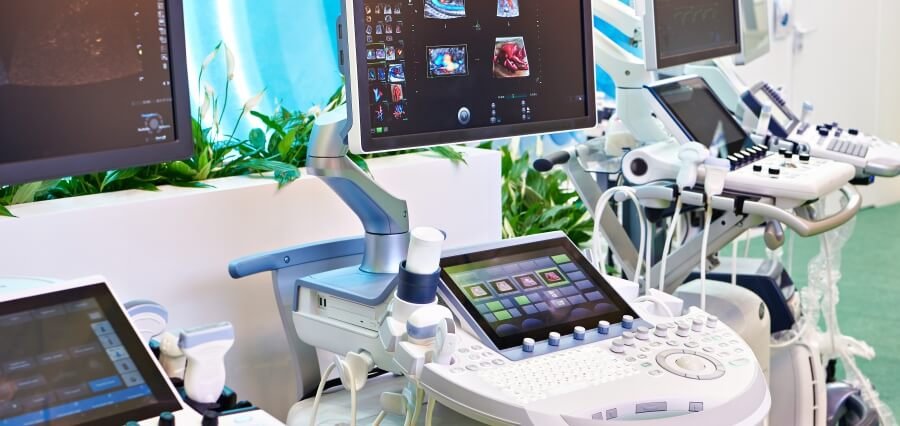DMDs present special regulatory and reimbursement opportunities. The European Union will see the development of five clusters of approaches to the assessments of DMDs, with an emerging dynamic landscape. Although there are significant maturity gaps, cross-country learning is becoming more common. We expect more counties, in and outside the EU, to import the best practices into their countries, hence completing the harmonization process much faster.
The integration of DHTs in the healthcare industry has transformed the way health management is conducted. Among all these digital solutions, there are specific challenges and opportunities related to the regulation and reimbursement of those fitting the medical device (MD) definition. This category is generally known as DMDs, which includes standalone software and applications to work along with MDs, such as scanners, sensors, and monitors using static or self-learning algorithms.
Current regulatory initiatives aimed at facilitating market access for DMDs are similar, both in the United States and in Europe. The International Medical Device Regulators Forum proposed the definition of Software as a Medical Device in 2014, and the U.S. FDA adopted it. It defines it as “software intended for one or more medical purposes that performs these purposes independently of a hardware medical device.” Likewise, the EU Medical Device Regulations apply to DMDs classified as MDSW for specified purposes. Although the two countries use different systems of classification, both have in place premarket approval for DMDs; however, their evidentiary standards are calibrated depending on the risk levels associated with them.
It is mainly FDA compliance that acts as a passkey into the market in the United States while seeking CE marking forms the precondition of market entry into the EU; however, it is the duty of the Member States to thereafter determine the selected HT for inclusion and coverage within their health-care delivery systems. A number of EU Member States are adapting their policy frameworks to enhance regulation and integrate market access and reimbursement opportunities for DMDs, thereby improving decision-making and the integration of DMDs into healthcare pathways. Leaders in this regard are Germany, Belgium, and France, while other Member States are introducing their own models, further diversifying the assessment landscape for DMDs.
The EU focuses on these emerging initiatives so that there would be no unnecessary discrepancies and framework development is harmonized, while DMDs can be adopted from one country to another.”
On this premise, following years of voluntary cooperation in the health technology assessment area, the European Union has taken the greatest stride by implementing the HTA Regulation (HTAR) (Regulation (EU) 2021/2282), which goes into effect on January 11, 2022. The regulation implements a series of actions that were already carried out voluntarily.
The EU is therefore increasingly focused on supporting harmonized models and encouraging convergence among Member States. This now also includes digital health, and DMDs are likely to be a further subject of voluntary further cooperation as the Regulation foresees. For quicker harmonization and HTAR implementation for DMDs, the European Taskforce for Harmonized Evaluation of DMDs was established in 2022 by the French Presidency of the Council of the EU.
Read More: Click Here




